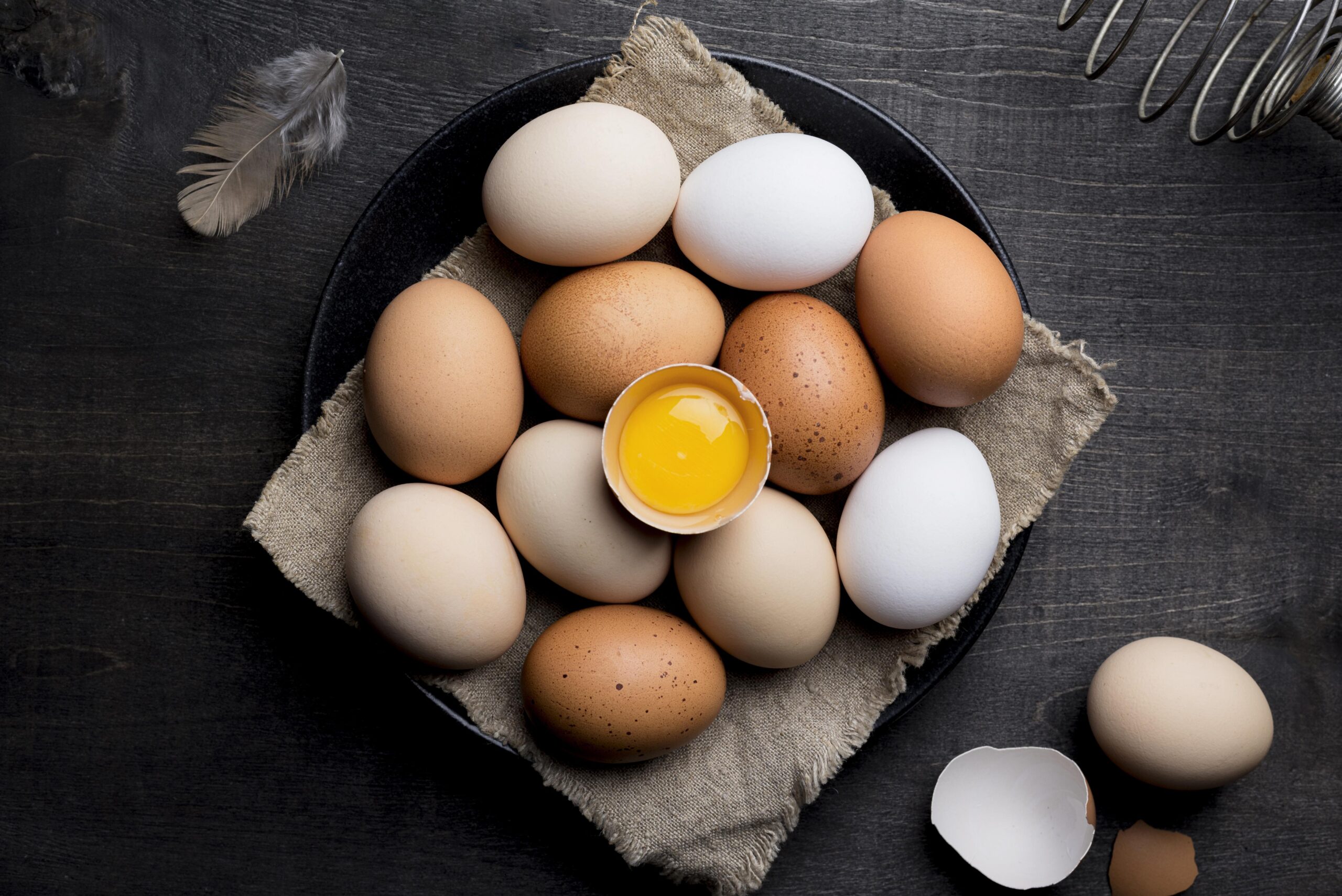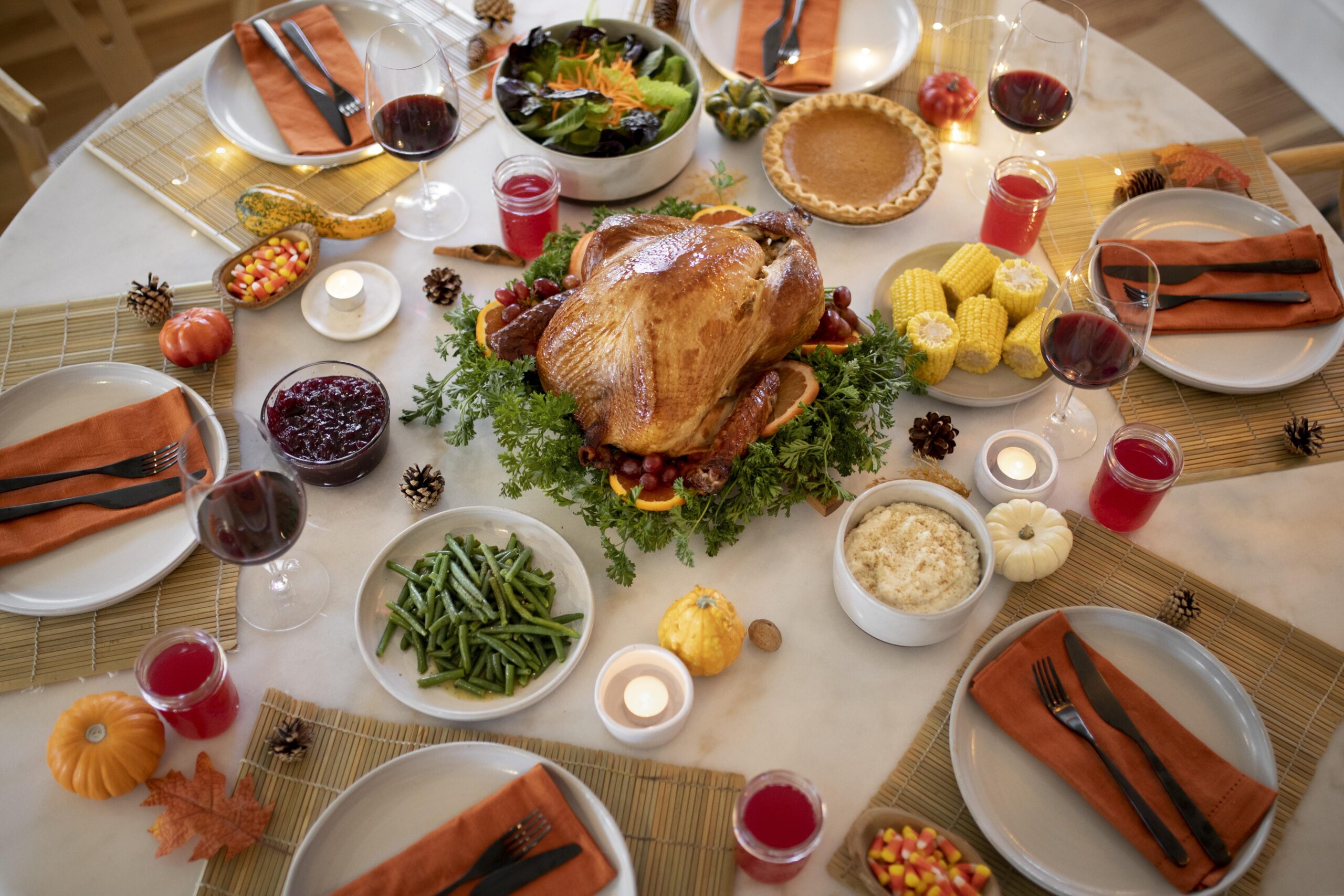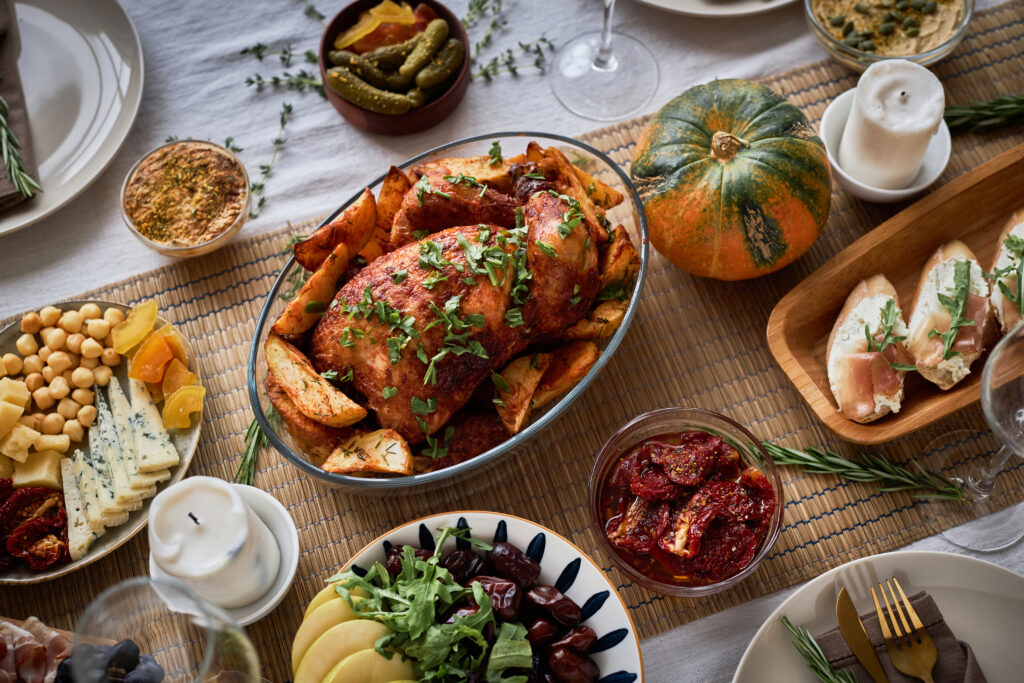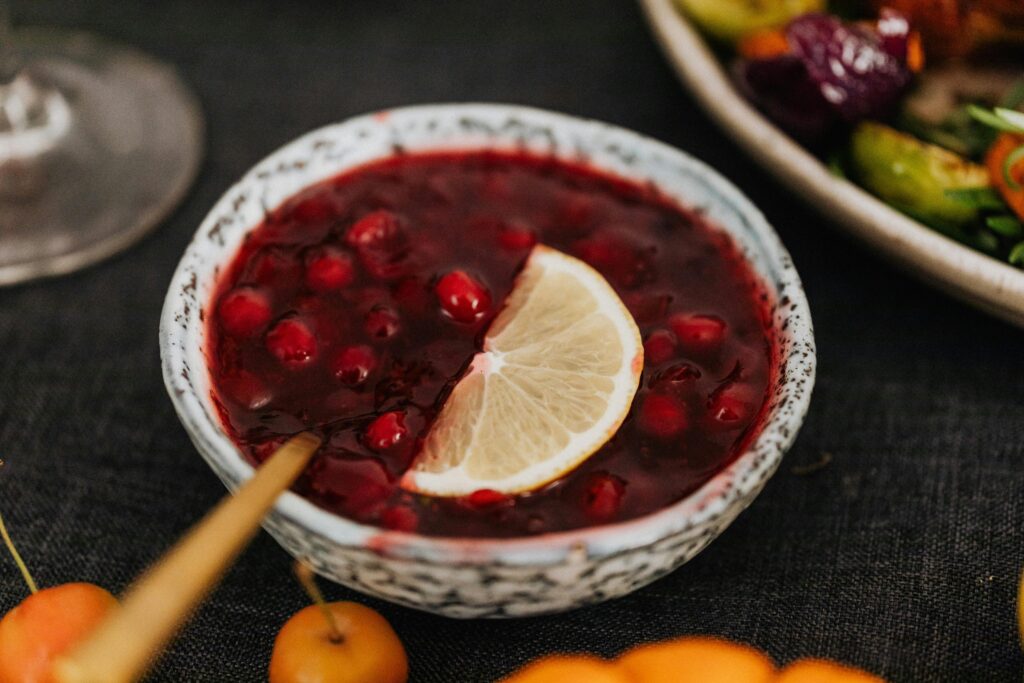Egg Nutrition Facts Explained in Clear, Simple Terms


Thanksgiving is a cherished tradition in the United States, where families and friends gather to celebrate the holiday with a Thanksgiving lunch that is both a feast and a reflection of the nation’s rich cultural tapestry. The holiday is a time to express gratitude, and the meal itself is a central component of this celebration. From its historical roots to modern interpretations, Thanksgiving lunch offers a fascinating glimpse into the evolution of American culinary practices, blending traditional dishes with contemporary twists to suit diverse tastes and preferences.

The historical context of Thanksgiving lunch dates back to the early 17th century when the Pilgrims and the Wampanoag people shared a harvest meal in Plymouth. This event is often regarded as the first Thanksgiving, though it was not initially intended as an annual tradition. The feast was a symbol of cooperation and gratitude, featuring native ingredients that were abundant in the region.
Thanksgiving became an official holiday in 1863, when President Abraham Lincoln proclaimed a national day of “Thanksgiving and Praise.” Over the years, the meal evolved from its humble beginnings into a grand celebration, with turkey becoming the centerpiece of the Thanksgiving table. This transformation reflects the growing prosperity and agricultural development of the nation, as well as the influence of various immigrant cultures that have shaped American cuisine.
At the heart of a traditional Thanksgiving lunch are classic dishes that have stood the test of time. Turkey, often roasted and accompanied by stuffing, is the star of the meal. This poultry choice was likely due to its availability and size, making it suitable for feeding large gatherings.
Other staples include mashed potatoes, cranberry sauce, and green bean casserole. Each dish carries its own history and significance. For instance, cranberry sauce dates back to Native American culinary practices, while green bean casserole emerged in the mid-20th century as a result of the rise of convenience foods.
Examples of traditional dishes also include sweet potato casserole, often topped with marshmallows, and various types of bread such as cornbread or dinner rolls. These components together create a meal that embodies the essence of Thanksgiving, combining flavors and textures to provide both comfort and nostalgia.
As culinary trends evolve, so too does the Thanksgiving lunch menu. Many families are putting modern twists on classic dishes to reflect contemporary tastes and dietary preferences. For example, turkey might be prepared with a new glaze or smoked instead of roasted. Additionally, plant-based alternatives are gaining popularity, offering options like stuffed squash or lentil loaf for those seeking a vegetarian or vegan feast.
Modern variations and recipes are also seen in side dishes. Cauliflower mashed “potatoes” provide a low-carb alternative, while quinoa or wild rice salads offer a fresh take on traditional grains. These updates not only cater to health-conscious diners but also add vibrant colors and flavors to the Thanksgiving table.
Desserts, too, are experiencing innovation. While pumpkin pie remains a staple, other options such as pecan pie bars or apple galettes offer a creative departure from the norm. These modern interpretations ensure that Thanksgiving lunch remains relevant and exciting for all generations.
Food styling plays a crucial role in enhancing the visual appeal of a Thanksgiving lunch. Presentation can elevate a meal, making it as delightful to the eyes as it is to the palate. Simple techniques such as using fresh herbs as garnishes or arranging dishes on a variety of platters can transform a table setting.
Consider incorporating seasonal elements like small pumpkins, autumn leaves, or decorative gourds to create a cohesive theme. Pairing these with elegant tableware and linens can set a festive atmosphere that complements the meal.
Food styling techniques also extend to the dishes themselves. For instance, serving individual portions in ramekins or creating layered desserts in glass jars can offer a modern, sophisticated look. These small touches can make a significant impact, turning a traditional meal into an Instagram-worthy feast.
Thanksgiving lunch is not a monolithic experience; it varies significantly across different regions of the United States. Each area brings its own culinary traditions and local ingredients to the table, resulting in a diverse array of dishes.
In the South, for example, you might find cornbread stuffing and pecan pie, reflecting the region’s agricultural bounty and cultural influences. In New England, where the first Thanksgiving took place, dishes like oyster stuffing and cranberry relish are popular.
The Midwest often showcases hearty dishes such as green bean casserole and mashed turnips, while the West Coast might feature lighter fare, including fresh salads and seafood dishes. These regional dish variations highlight the adaptability and inclusiveness of the Thanksgiving meal, allowing families to honor both national traditions and local flavors.
Hosting a Thanksgiving lunch can be a costly endeavor, but with careful planning, it is possible to create a memorable meal without breaking the bank. Start by setting a budget and making a list of essential ingredients. Purchasing items in bulk or opting for store brands can help reduce costs.
Consider incorporating cost-effective dishes that stretch your dollar. For example, root vegetables like carrots and potatoes are not only affordable but also versatile. Utilizing leftovers creatively can also maximize resources, turning them into soups, sandwiches, or casseroles for the following days.
Another budget tip is to encourage guests to contribute by bringing a dish. This potluck-style approach not only shares the financial load but also introduces a variety of flavors and cooking styles to the meal. With these strategies, a Thanksgiving lunch can be both delicious and economical.

While pumpkin pie is a beloved Thanksgiving staple, exploring other dessert options can add excitement and variety to the holiday meal. Pecan pie, with its rich, nutty flavor, is a popular alternative that offers a taste of Southern tradition.
For those seeking something lighter, a cranberry tart or apple crisp can provide a refreshing finish to the meal. These desserts highlight the season’s bounty and are often easier to prepare than traditional pies.
Incorporating cultural influences into Thanksgiving desserts can also enrich the experience. Consider serving a flan or baklava, which can introduce guests to new flavors while honoring diverse culinary traditions. These delicious dessert ideas ensure that the Thanksgiving lunch ends on a sweet and satisfying note.